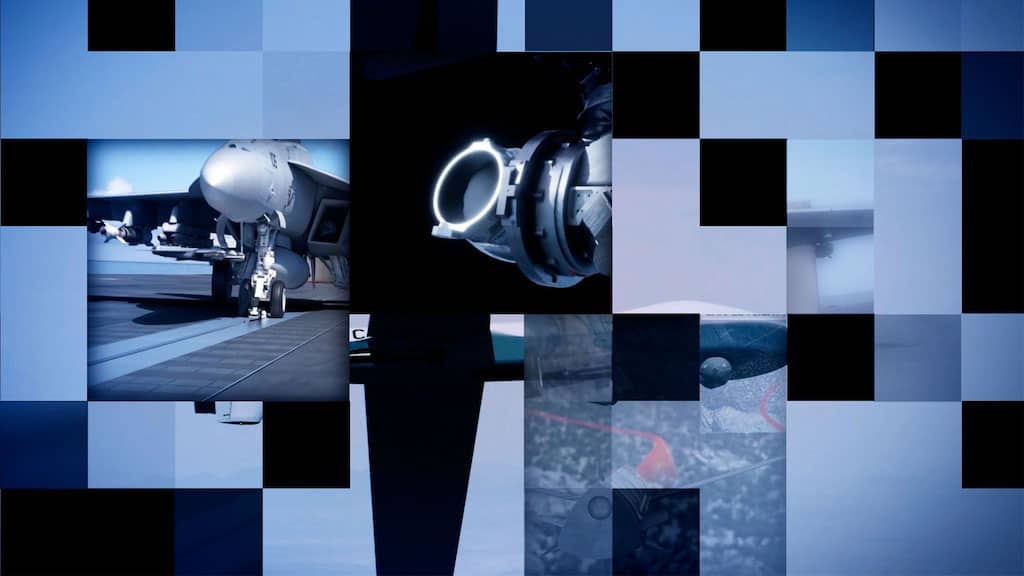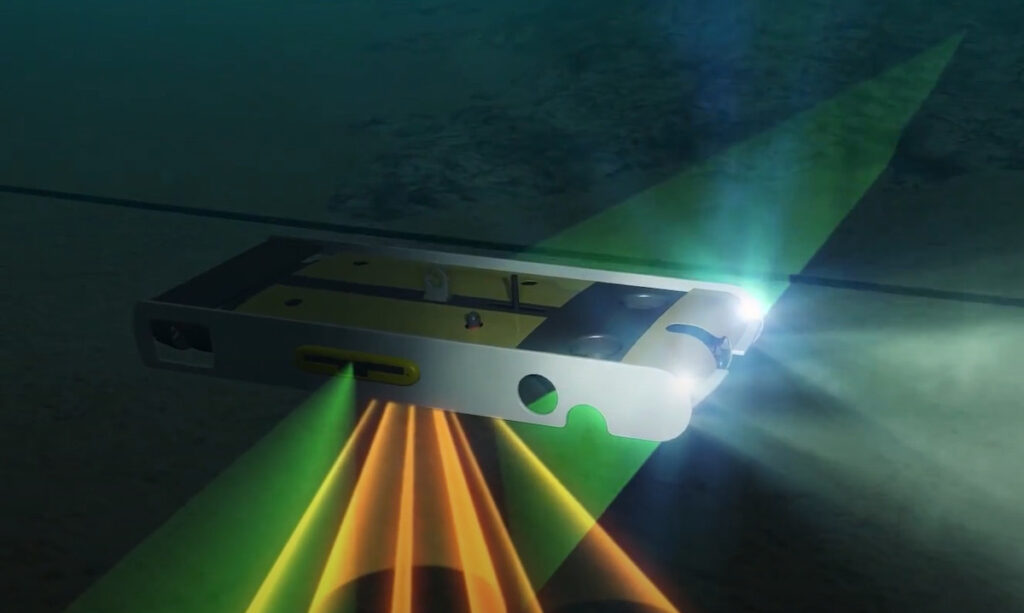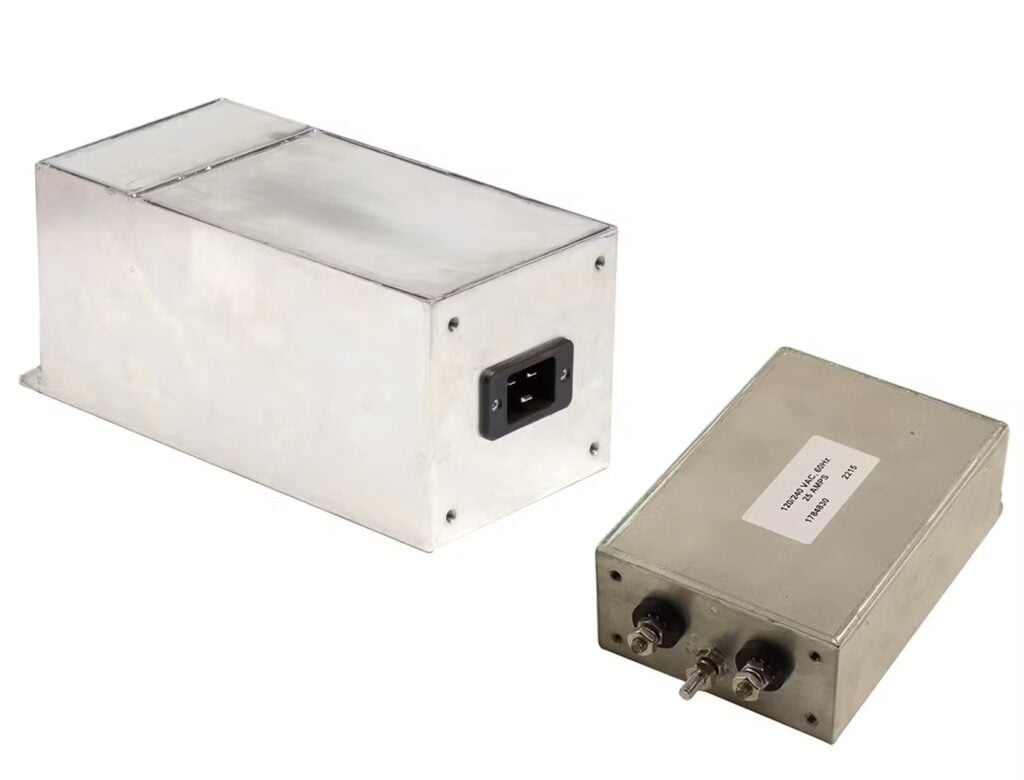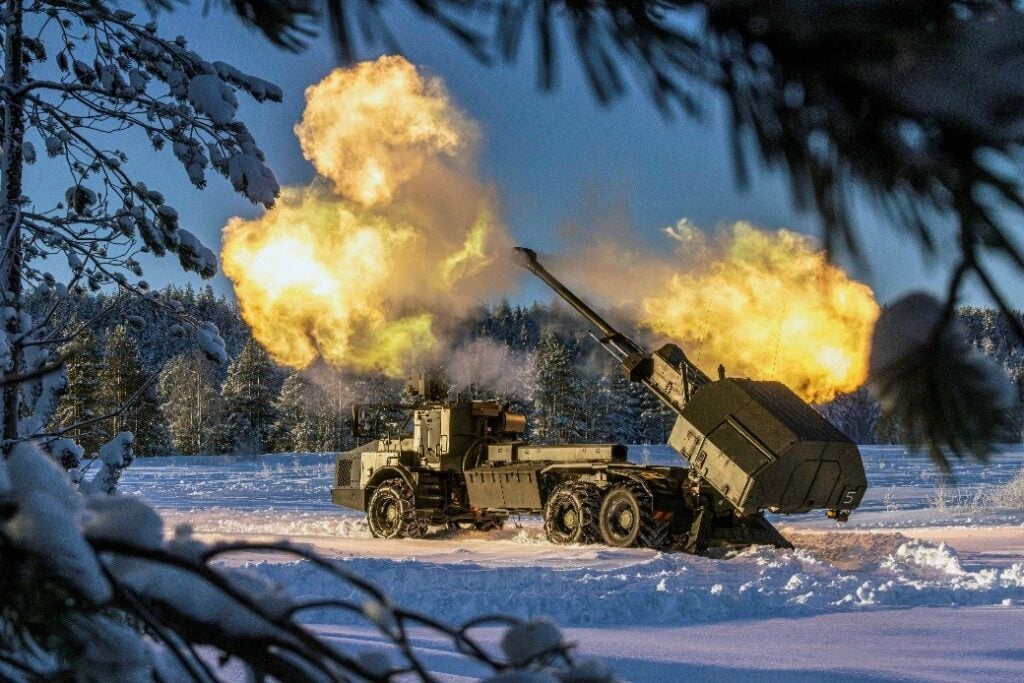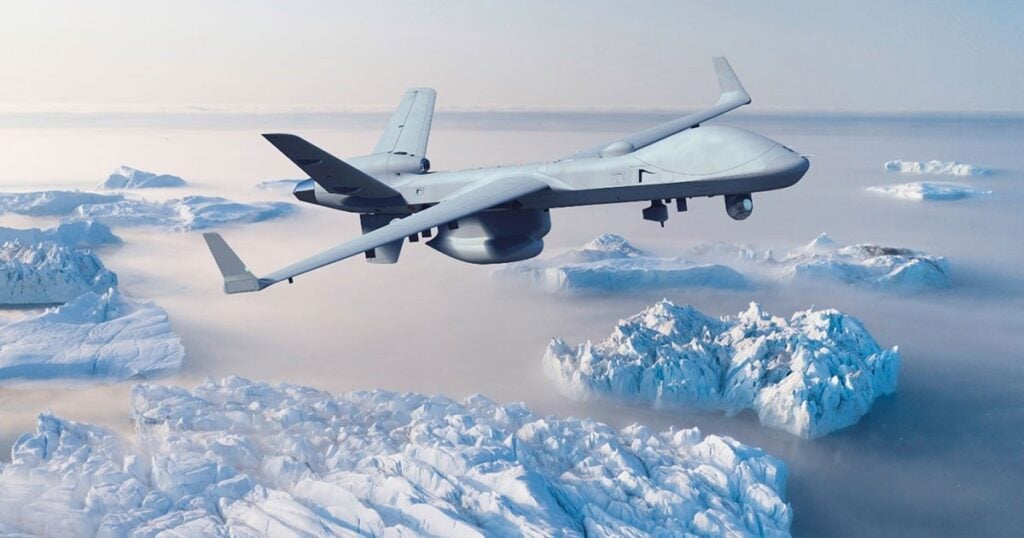
Discover Leading Defense Technology Solutions
Discover cutting-edge solutions from leading global suppliers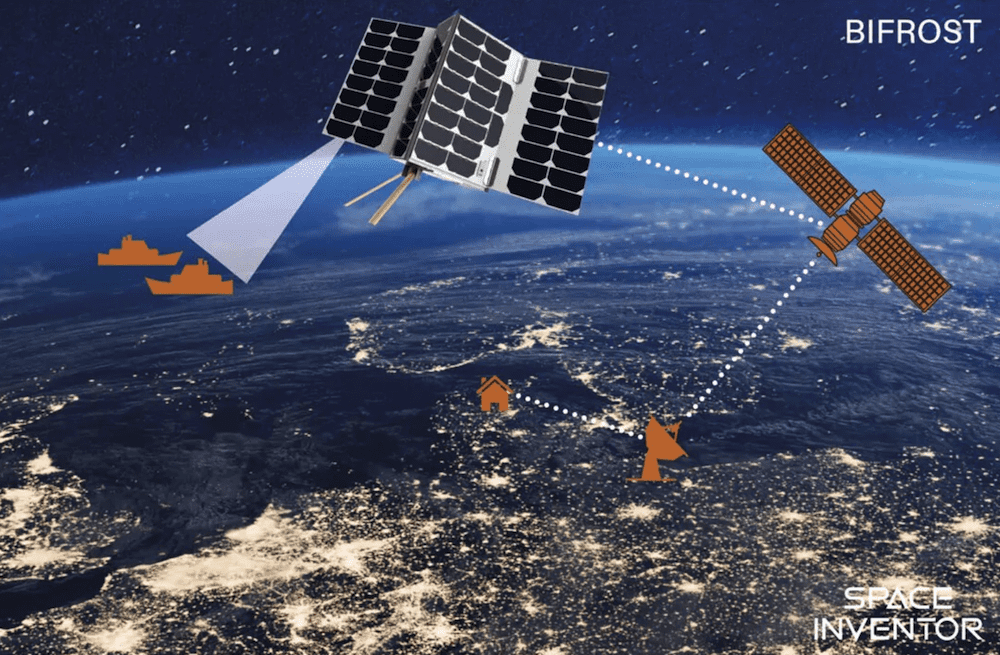
Terma is collaborating with the Danish Ministry of Defence and several national as well as international partners on a Danish Artificial Intelligence (AI)-based surveillance satellite project, known as BIFROST.
The project will be initiated as a joint mission composed of the efforts of Terma, Space Inventor, Gatehouses SatCom and the Technical University of Denmark (DTU).
The purpose is to demonstrate AI based surveillance from space with the aim of establishing a platform in space to gain further experience in AI-based surveillance and sensor fusion.
The mission will be able to provide information on applied AI in space for earth observation missions as well as detecting ships, oil spills and much more due to the versatile payloads on-board.
The Danish Defence has an important and increasing challenge in relation to surveillance and intelligence gathering in the Arctic area. A major task for the Danish Defence is detection of different types of land, maritime and aerial activity in the area. The monitoring of activity in the three domains from space can assist the Danish Defence in the task of enforcing sovereignty and contribute to other operational tasks, such as Search and Rescue, as well as provide input for the day-to-day operational planning.
Terma is providing the AI model for the satellite, which will test means of communication directly between different satellites to achieve real-time access to the intelligence data, thereby demonstrating the feasibility of Tactical Earth Observation. This will demonstrate that the presence of a specific activity can be detected and reported to the operational ground controller in real-time.
The satellite mission includes evaluating the capability of changing AI models during the mission lifespan, which makes it possible for the artificial intelligence core to learn the characteristics of new subjects of interest, thereby constantly adding to the capabilities of the surveillance system.
Terma believes the project has the potential to form a broad national foundation for the space technology needed to support Danish Defence in the future and will be a steppingstone towards a future international cooperation regarding space-based surveillance activities of common interest.
The project has achieved a milestone with the completion of the Preliminary Design Review (PDR). The PDR is part of the process ensuring that the technical design meets the set requirements for a high performing AI satellite supporting operational activities in the Arctic Region.
The next step is the Critical Design Review (CDR) where the AI models are developed, and the detailed design of the payload and the spacecraft itself are completed. The satellite is planned for launch in early 2024.










